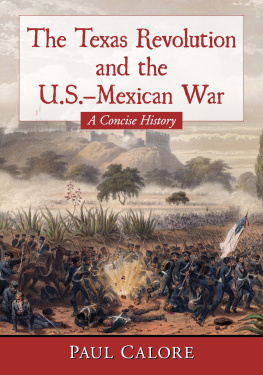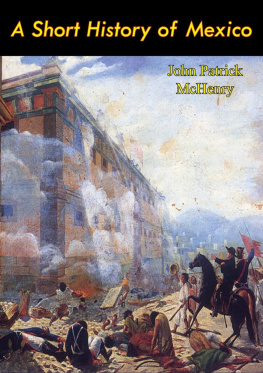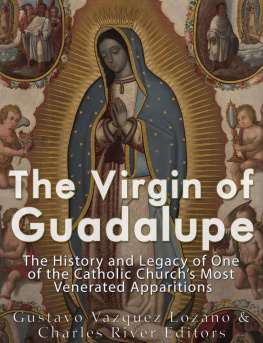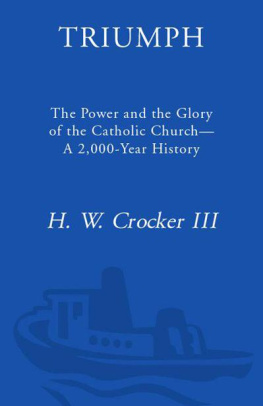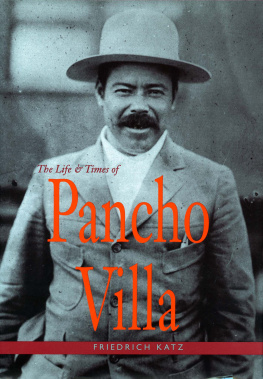
Present-day demographics diminish the meaning of Mexican history, as a surging population takes us into uncharted waters. In 1940 Mexico had 20 million people; today it has nearly 130 million. More Mexicans have lived at least part of their lives in the last fifteen years than the number who were born between the mid-seventeenth century and 1925. The nations population reached fifty million around 1969 and (though census data is notoriously unreliable) doubled to one hundred million sometime around 1999; thus, though present numbers are daunting, the actual rate of population growth has slowed considerablya reflection of increased access to birth control and family planning, as life expectancy has broadly remained stable. Yet Mexico is simply not geographically endowed to sustain 130 million or more human beings. Importing grain since the early 1970s, the nation has now decisively exceeded its foodshed and sits atop a demographic time bomb. In the event of a structural economic failure, tens of millions of its citizens would go hungry. As is, though, death tolls by malnutrition and related causes has been strikingly small, numbering only in the low hundreds of thousands each year. Fond of high-fat-content foods while eating limited amounts of green vegetables, Mexicans have a paradoxical problem with obesitythe nations rate is actually as high as that of the badly overweight U.S. population. The seemingly sold-on-every-street-corner gordita, a tortilla-like shell stuffed most typically with cheese and often deep-fried, is not the Mexicans dietary friend.
Mexicos demographics are alarming, while Mexico Citys physical con dition continues to be perilous. In a seismic zone and within range of four potentially active volcanoes, its setting has never made sense for a great metropolis. At 7,400 feet elevation, with terrible pollution and thin air, the modern city has never been a salubrious place to live (in the 1970s U.S. embassy staff received one year of retirement credit for every two years served herethe assumption being that they would suffer chronic health problems later in life). Atop a dried lakebed that shakes like a bowl of jelly when the earth trembles, the capital is fast running out of water. Tapping deeper and ever-more-distant aquifers aggravates a problem with sinking subsoil in a city that moves millions of people via underground subway lines each day. Visitors now step down to enter Mexico Citys cathedral, rather than ascend into its nave. The good news is that, over the past three decades, great strides have been made in smog reduction, while the urban areas population has stabilized at twenty-one million. But these and other successes are barely keeping pace with one of the greatest urban management challenges on the planet.
Yet despite these formidable problems and disconcerting trends, the early twenty-first century has been relatively good to Mexico. The nations economic fate is largely tied to that of its powerful neighbor, the United States, the two countries now generating nearly US$700 billion in annual trade. As the United States has prospered, Mexico has done well. Higher oil prices have fattened government coffers, while fluctuating but still robust numbers of foreign (mostly American) tourists have pumped additional capital into the economy. By the early 2000s, Mexicans working in the United States were remitting over US$25 billion each yearan annual influx of roughly $240 per person in a nation where nearly thirty million live on less than four dollars a day. Finally, the forth pillar of the modern Mexican economy, that of illegal narcotics, has generated considerable wealth. The lean and difficult period from 1982 to the year 2000 has been followed by two decades of relatively good years, with the peso declining steadily but not sharply since being allowed to freely float against the U.S. dollar.
The violence of Mexicos drug cartels and the drug war, pursued vigorously by the PAN administrations of Vicente Fox (20002006) and especially by his successor, has rightly captured international headlines. From 2004 to 2017, some 125,000 Mexicans were murdered. By way of comparison, police terror and dirty wars against political opponents from the mid-forties to the year 2000 likely killed somewhere in the range of eight thousand to fifteen thousand. In 2005, Ciudad Jurez had a murder rate surpassing that of Baghdad, Iraq, making it the most dangerous city in the world. While we have only fleeting glimpses of security operations and political violence over the course of the past several decades, our understanding of this great bloodletting is even more uncertain. Most academics have declined to take risks and interact with the violent or their victims; journalists have been braver, with roughly 150 murdered since 2000 in the context of cartel and drug war investigations. The U.S. government, on paper, is committed to the eradication of drugs, but the assumption by U.S. agencies that Mexicos power structure is clean has been damning. When Mexican police investigator Guillermo Calderoni fingered the presidential family of Carlos Salinas in drug running, an incredulous FBI apparently went to the Salinases and talked to themonly to have the Mexican government then order the arrest of Calderoni. He survived, but how many other courageous Mexicans have perished because of the persistent navet and general dullness of U.S. authorities?
By the 2010s the cartelsand associated criminal gangs such as the Zetas (which emerged from within the Mexican Armys Special Forces)branched out from drug running into a range of activities, including widespread kidnapping and extortion. With horizontal depth and hierarchy, thick penetration of all levels of Mexican security and policing apparatuses, and a continually clueless American intelligence community, Mexicos now highly sophisticated crime syndicates cannot be stopped. They will, like Mexicos oligarchy, likely persist for decades. Conversely, the common American perception that all of Mexico is swimming in blood is categorically false; the violence has been geographically uneven, primarily along the coasts and near the U.S. border. Entire swaths of central Mexico (and Yucatn) have remained largely unaffected by cartel-related violence.
The Outsider President
Any aspiration by Mexicos elite to create a two-party, PRI-PAN system of artificial political choices was dashed with the dismal presidency of Enrique Pea Nieto (20122018), a PRI clone whose poster-boy good looks could not hide a juvenile and opportunistic disposition. The continuation of the drug war by the PRI was immensely unpopular, while the partial privatization of PEMEX enraged nationalists. Transparent corruption was reported in quasi-independent print media, the newsmagazine El Proceso and newspaper La Jornada, while compliant network news at Televisa and TV Azteca could not cloak the fact that the economy flatlined after the 2008 U.S. financial crisis. The election of Donald Trump further complicated politics. The jarring American president, who regularly disparaged Mexicans as criminals and rapists, greatly offended national sensibilities andas Pea Nieto and the PRI establishment failed to confront himhelped shift public sentiment in the direction of a political outsider.
Andrs Manuel Lpez Obrador, popularly known as AMLO, was a maverick long waiting in the wings. He had previously run for the presidency in 2006 and 2012, and had staged massive street protests in Mexico City (where he had served as mayor) after each defeat. His campaign spawned a formidable grassroots organization of mostly urbanites and students, but the TV networks still downplayed his efforts and disparaged his performance in televised debates. A PRIPAN combination could have probably stopped him, but the two very similar parties failed to unitetheir candidates and staffs harboring deep animosities toward one other. With 52 percent of the vote, the grandfatherly AMLO swept into the presidency as the head of a new political party christened MORENA, the Movement for National Regeneration.


